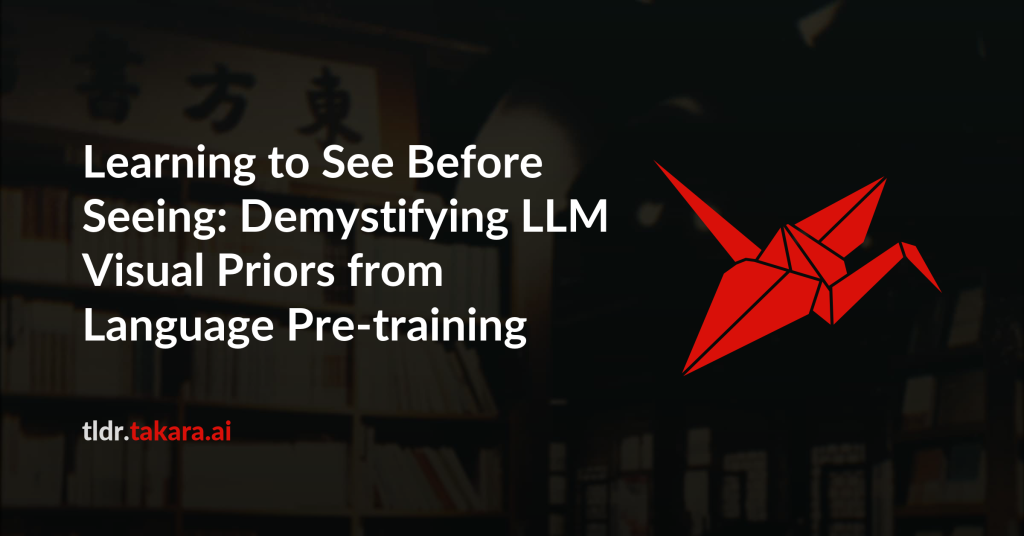Large Language Models (LLMs), despite being trained on text alone,
surprisingly develop rich visual priors. These priors allow latent visual
capabilities to be unlocked for vision tasks with a relatively small amount of
multimodal data, and in some cases, to perform visual tasks without ever having
seen an image. Through systematic analysis, we reveal that visual priors-the
implicit, emergent knowledge about the visual world acquired during language
pre-training-are composed of separable perception and reasoning priors with
unique scaling trends and origins. We show that an LLM’s latent visual
reasoning ability is predominantly developed by pre-training on
reasoning-centric data (e.g., code, math, academia) and scales progressively.
This reasoning prior acquired from language pre-training is transferable and
universally applicable to visual reasoning. In contrast, a perception prior
emerges more diffusely from broad corpora, and perception ability is more
sensitive to the vision encoder and visual instruction tuning data. In
parallel, text describing the visual world proves crucial, though its
performance impact saturates rapidly. Leveraging these insights, we propose a
data-centric recipe for pre-training vision-aware LLMs and verify it in 1T
token scale pre-training. Our findings are grounded in over 100 controlled
experiments consuming 500,000 GPU-hours, spanning the full MLLM construction
pipeline-from LLM pre-training to visual alignment and supervised multimodal
fine-tuning-across five model scales, a wide range of data categories and
mixtures, and multiple adaptation setups. Along with our main findings, we
propose and investigate several hypotheses, and introduce the Multi-Level
Existence Bench (MLE-Bench). Together, this work provides a new way of
deliberately cultivating visual priors from language pre-training, paving the
way for the next generation of multimodal LLMs.

